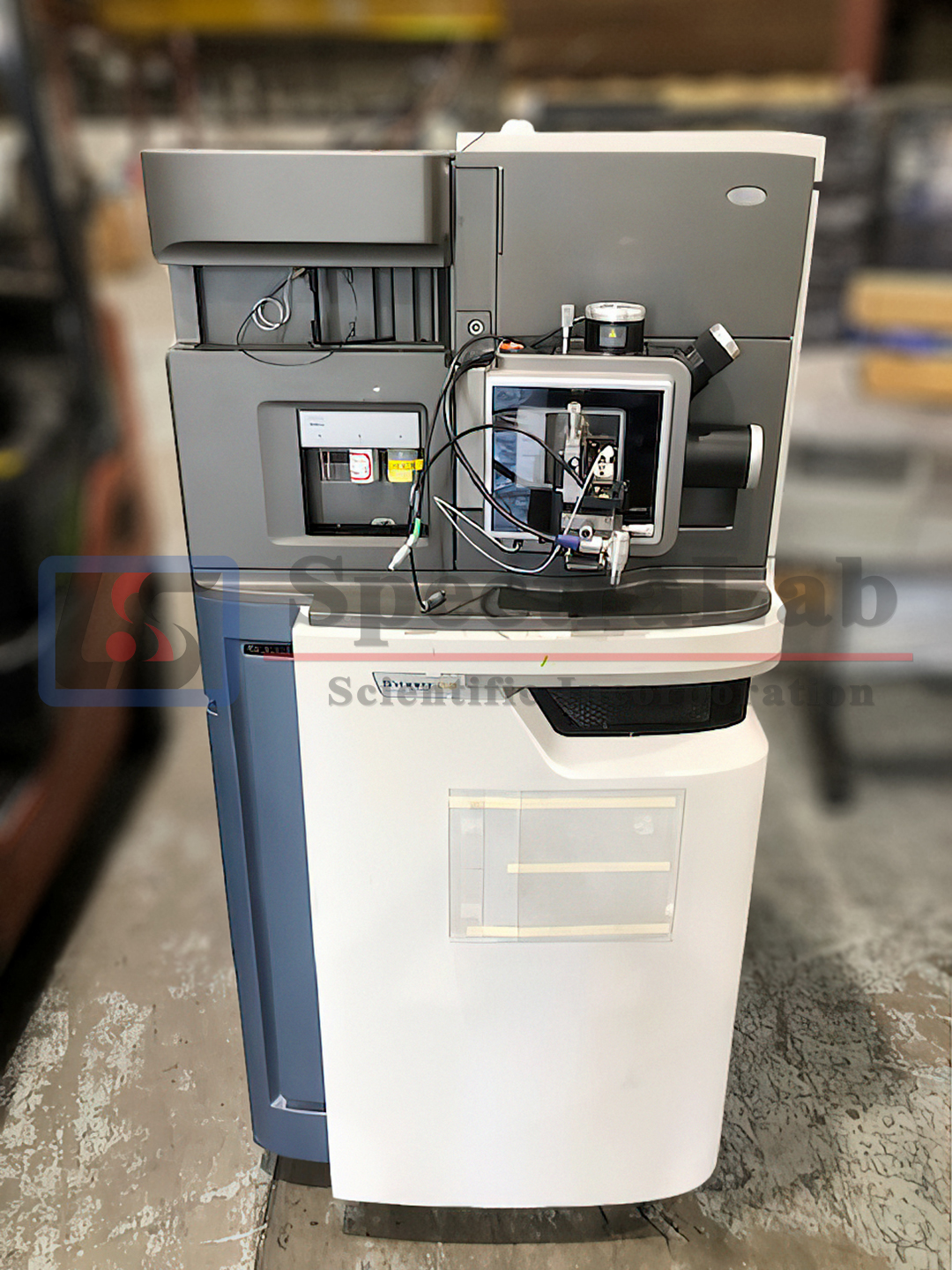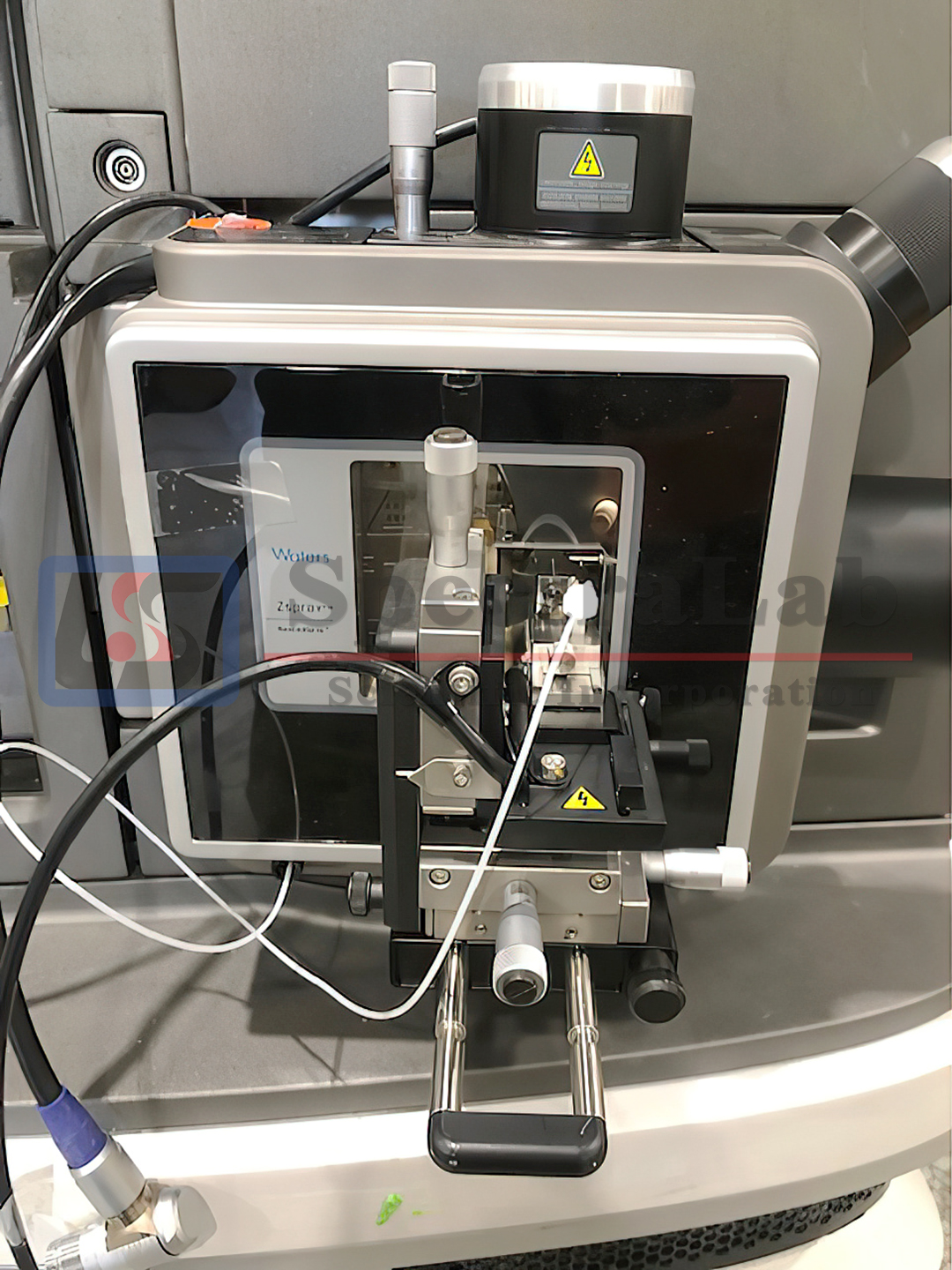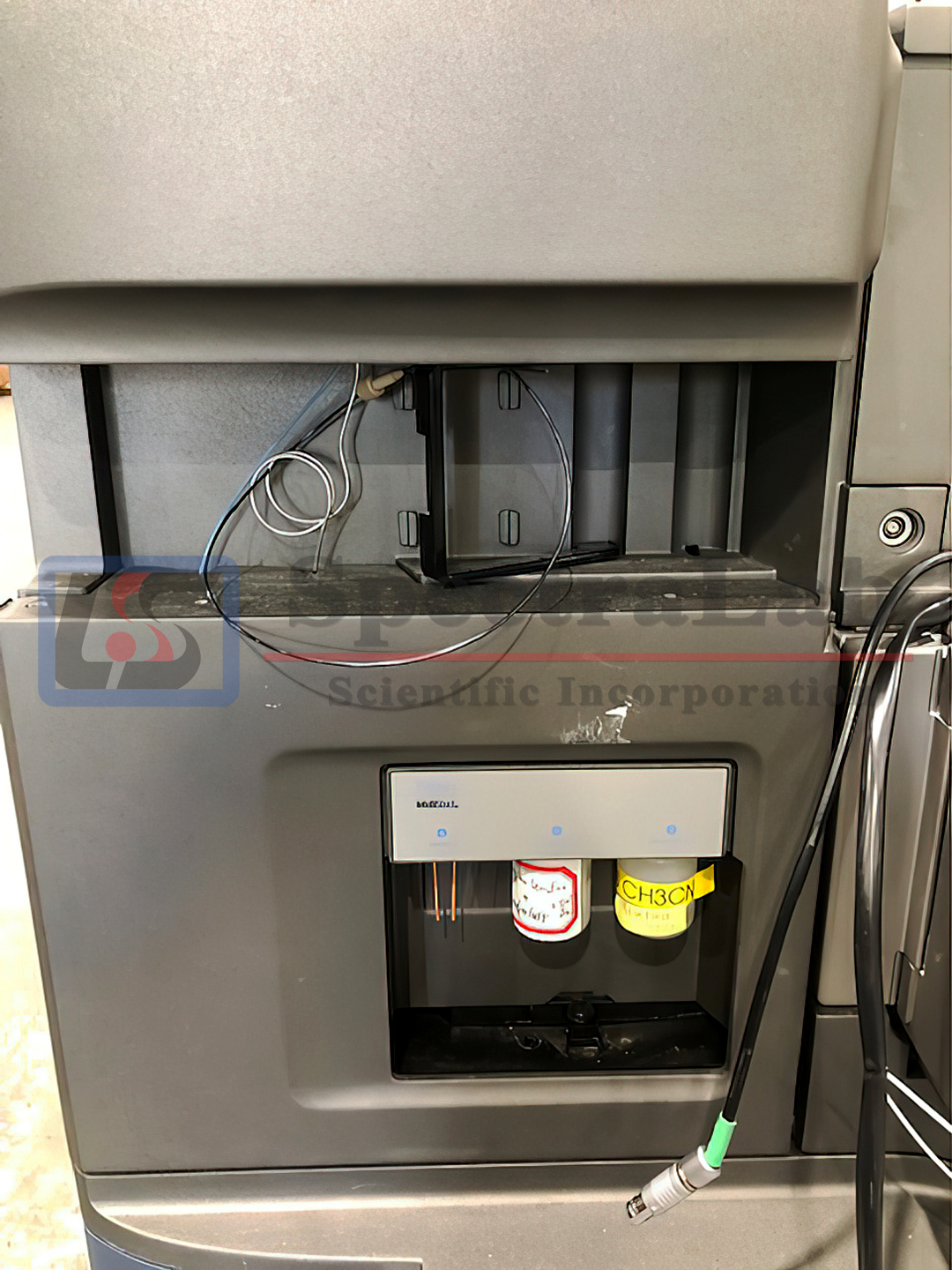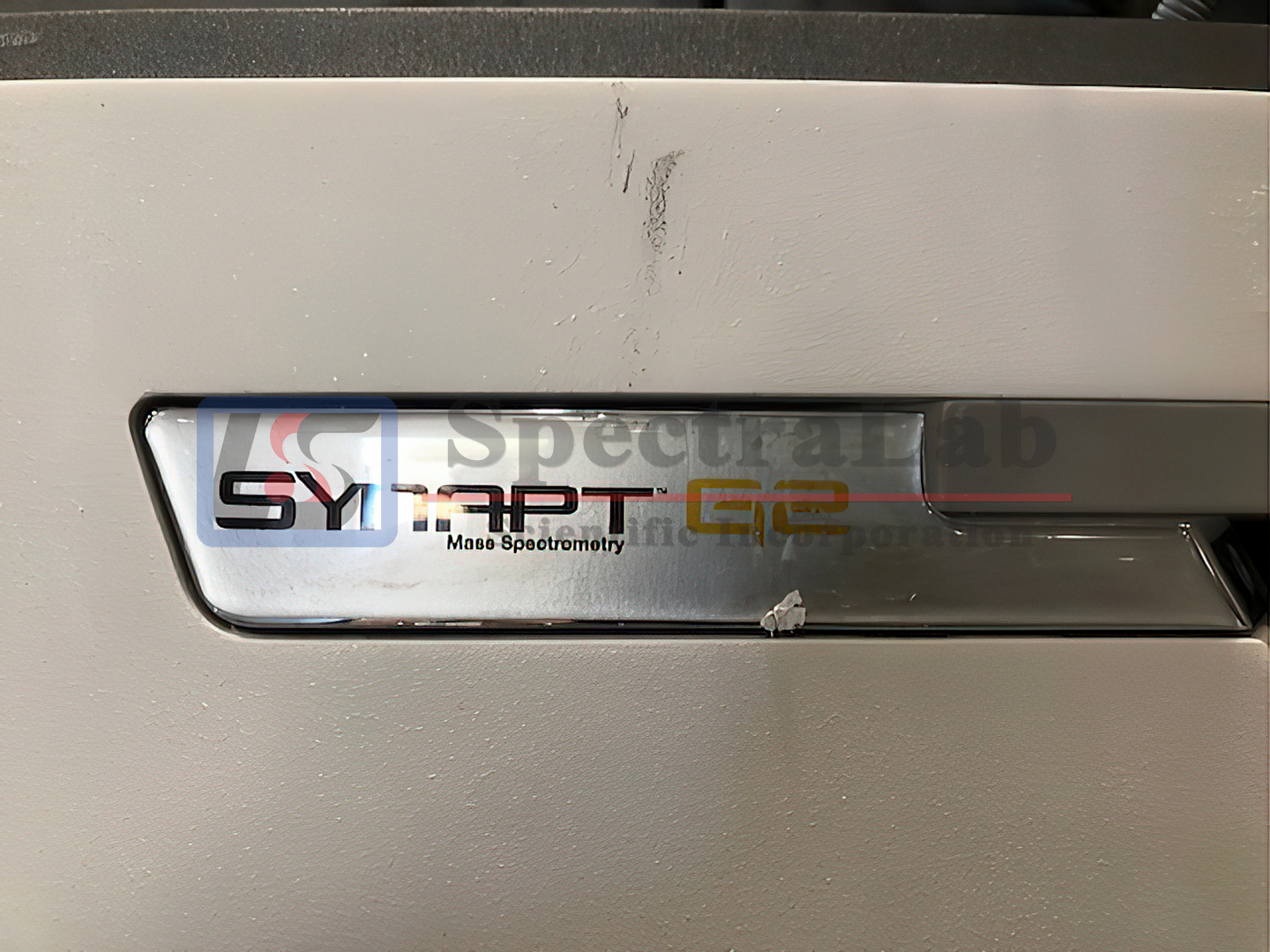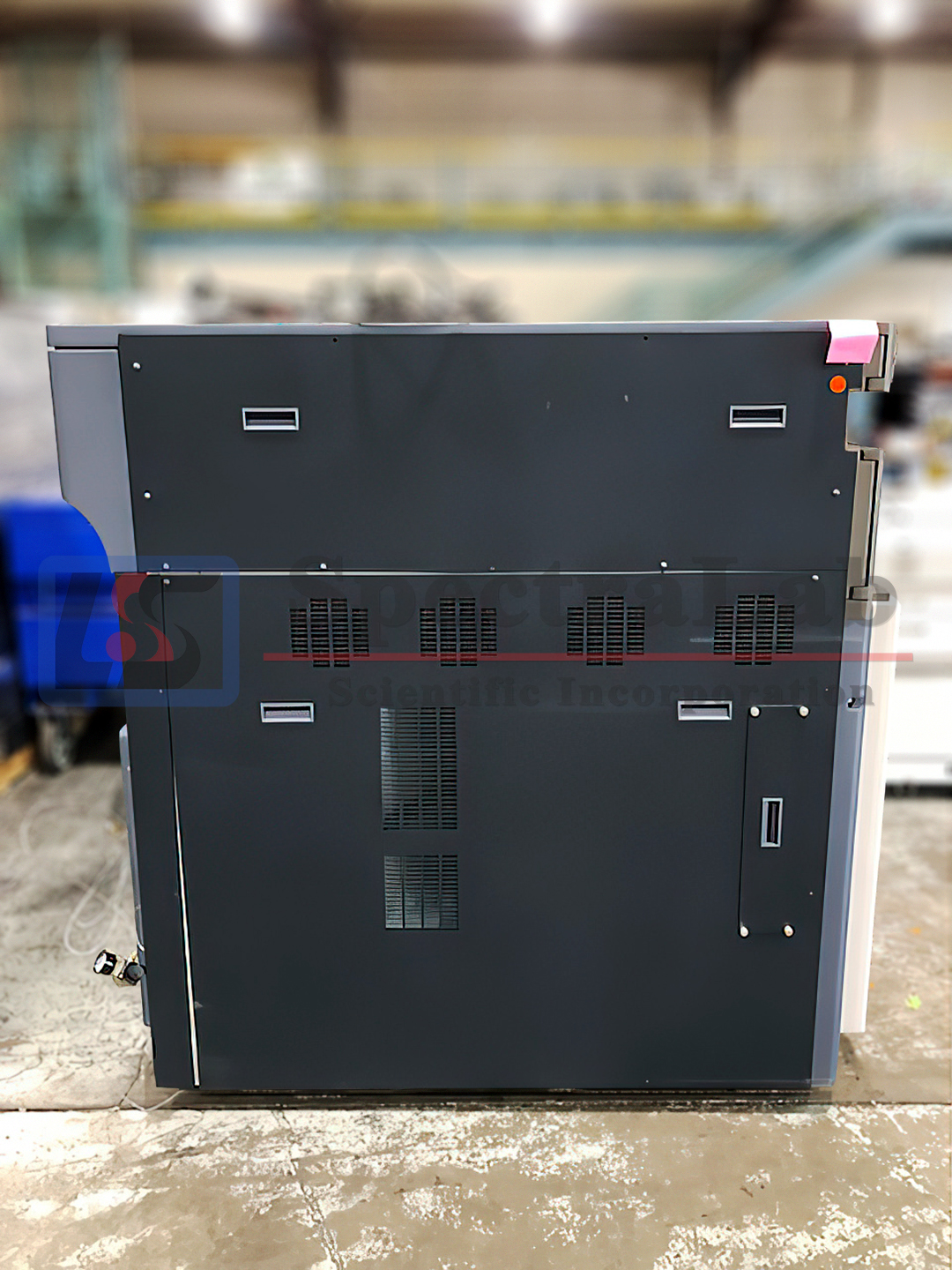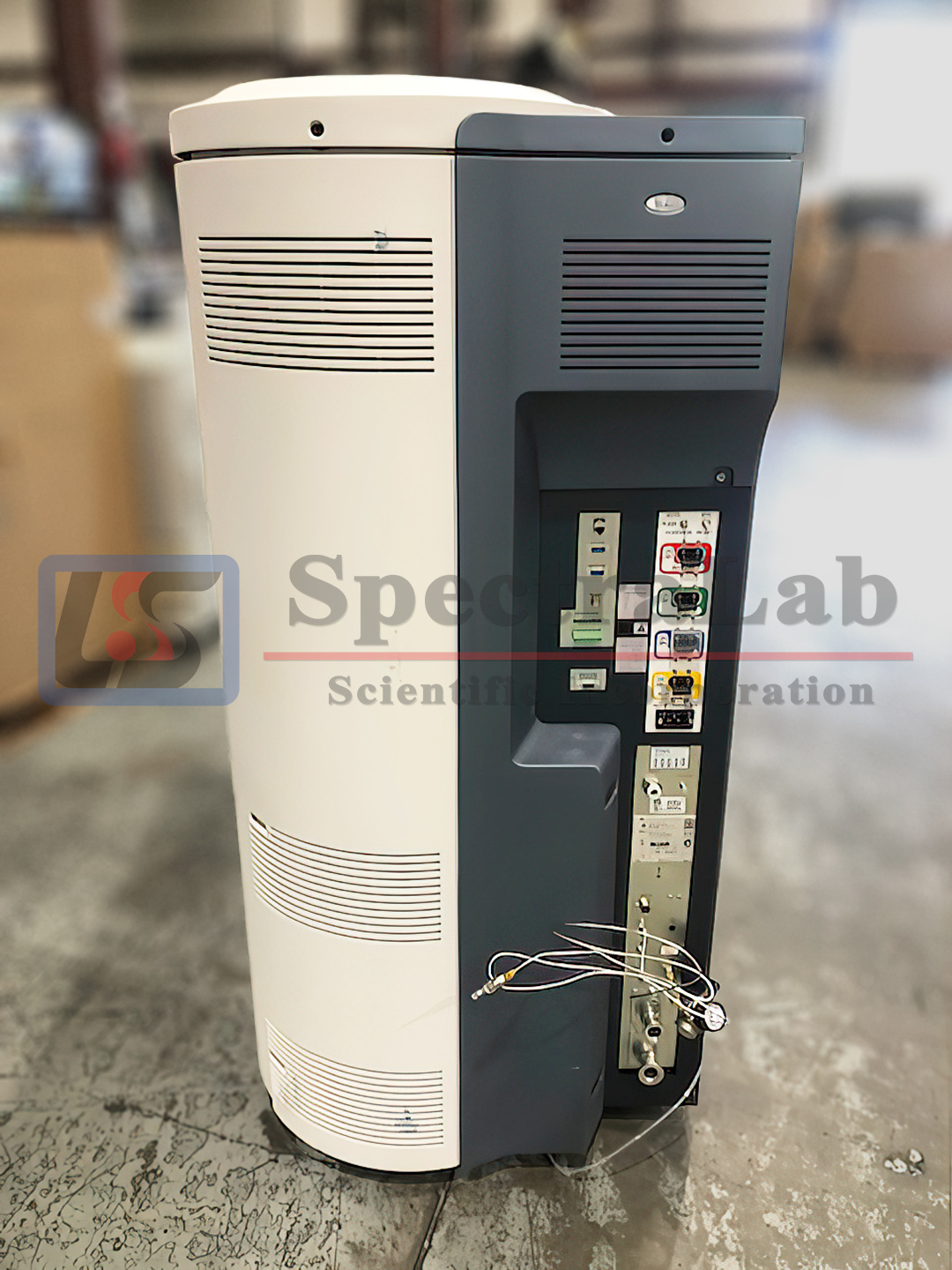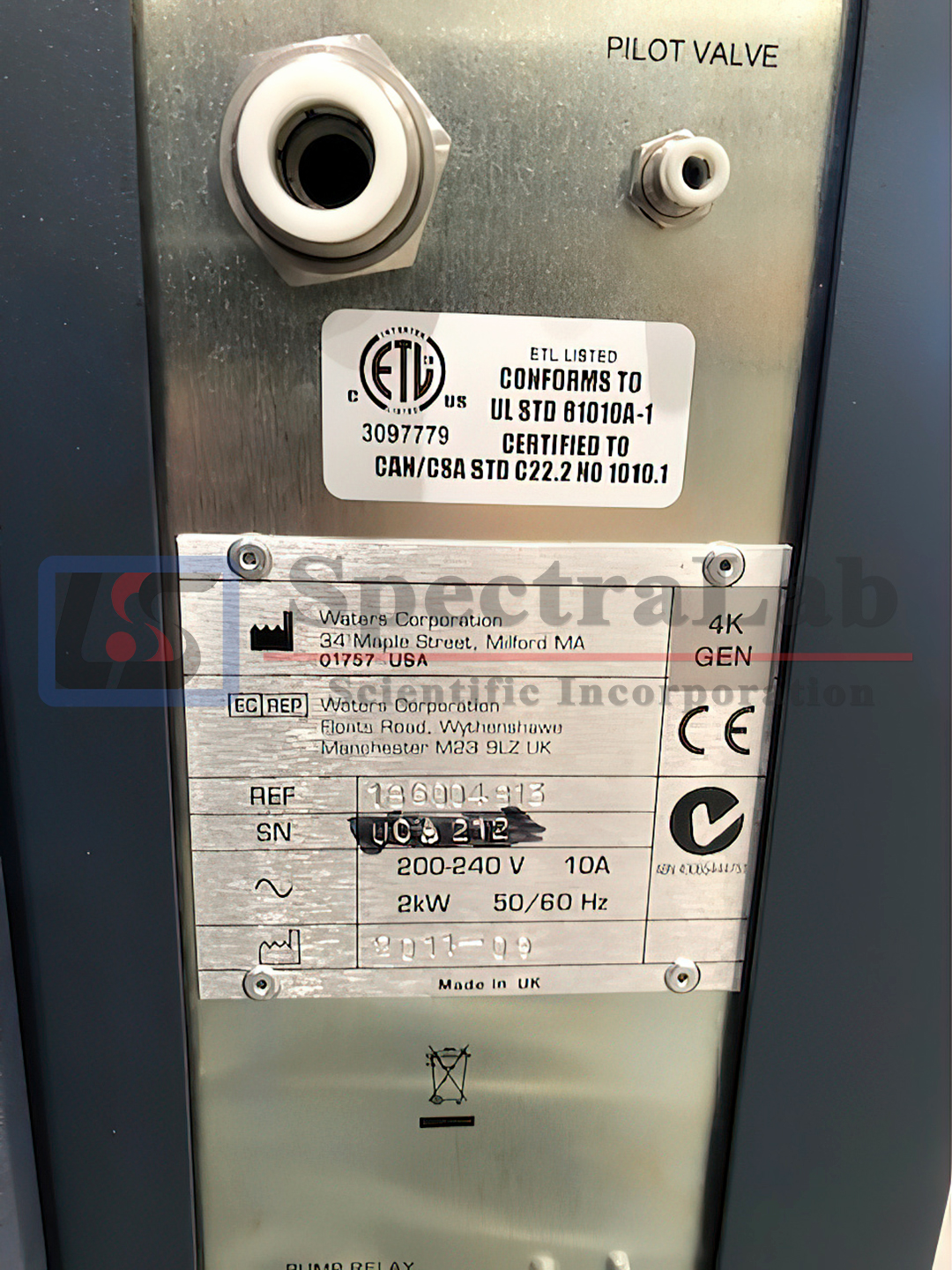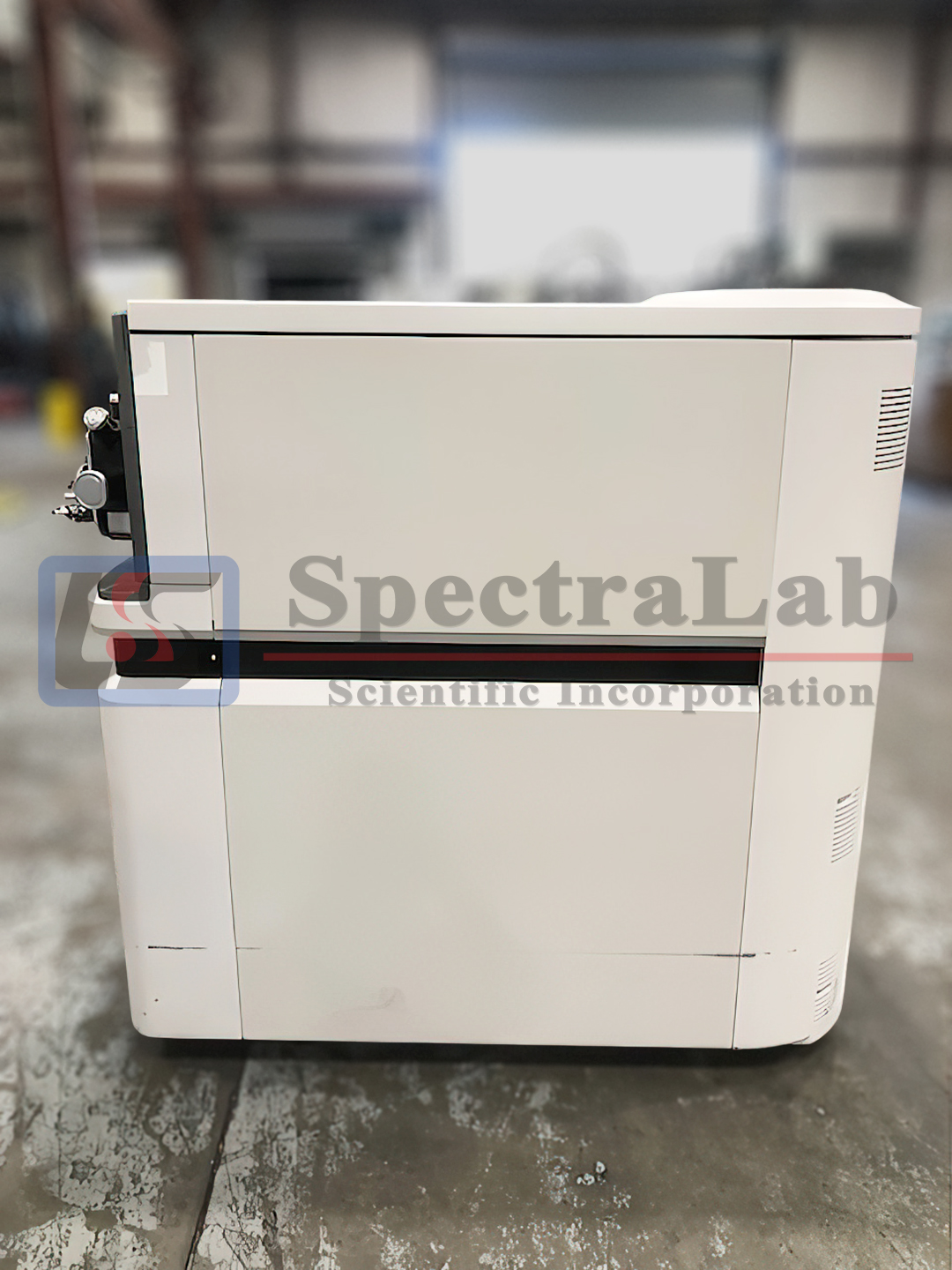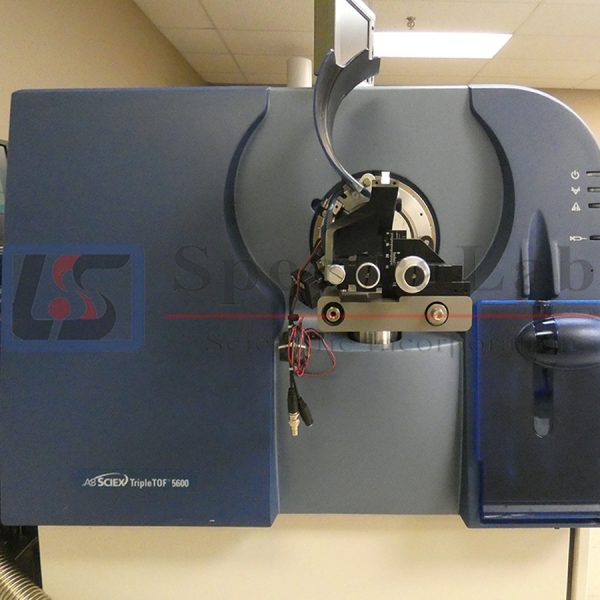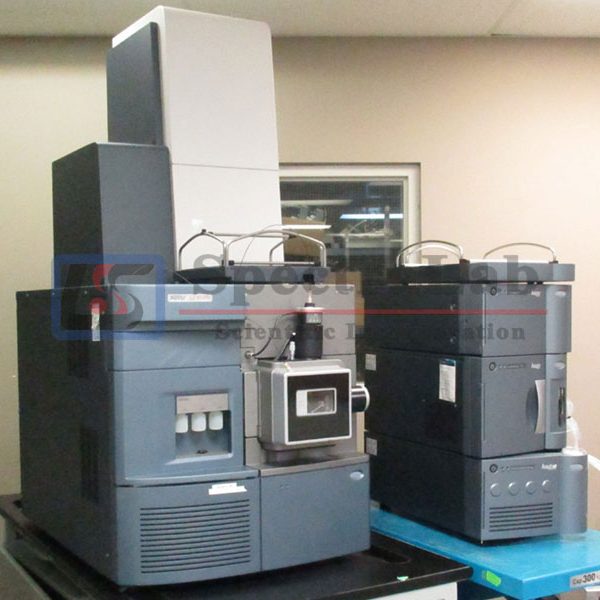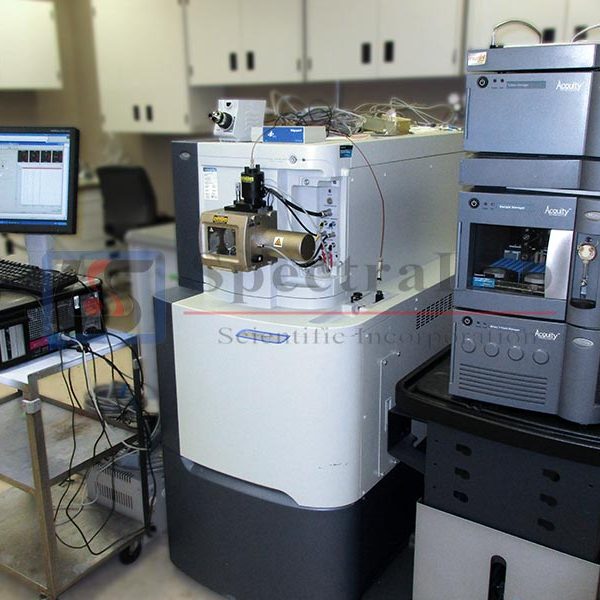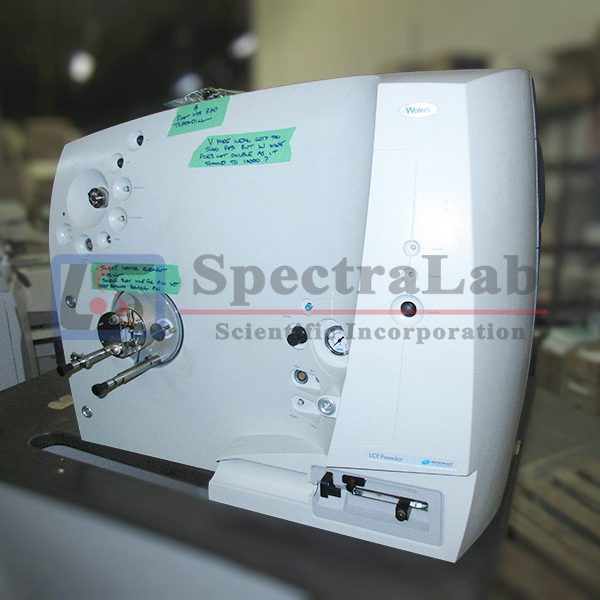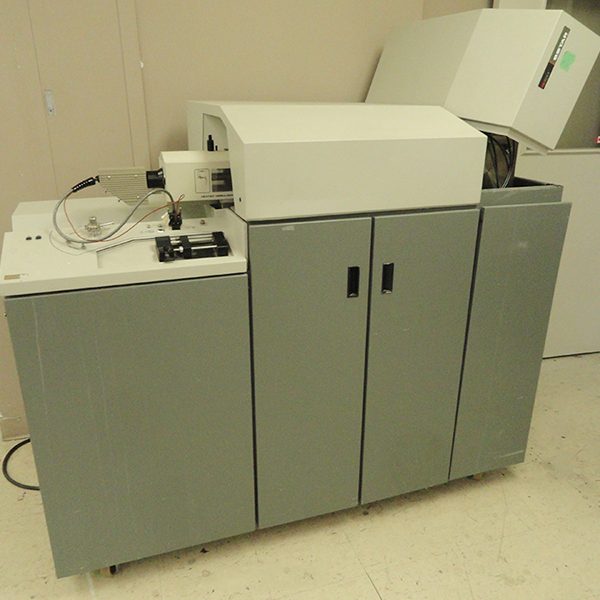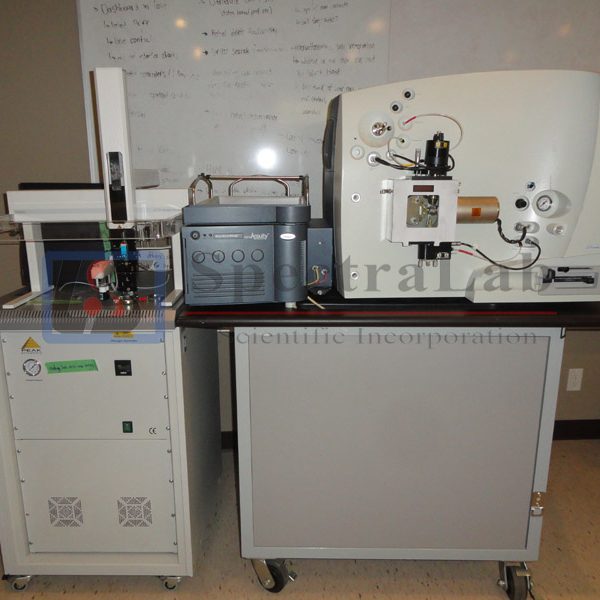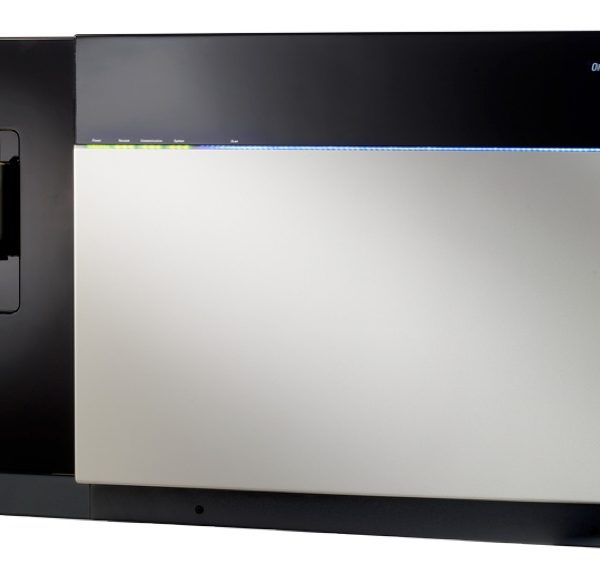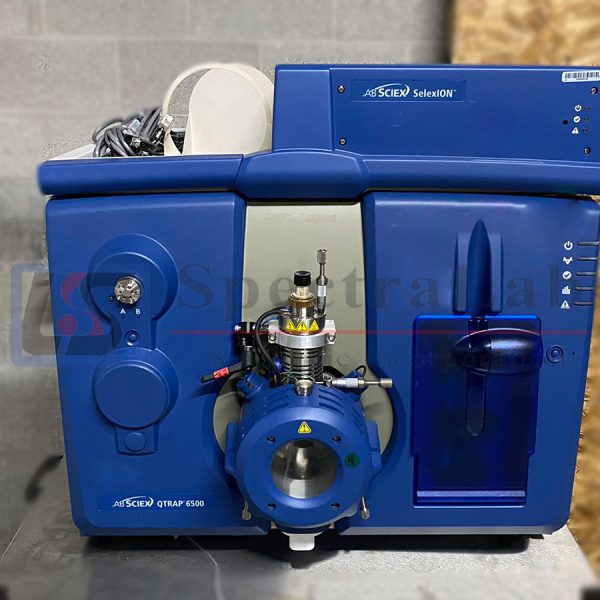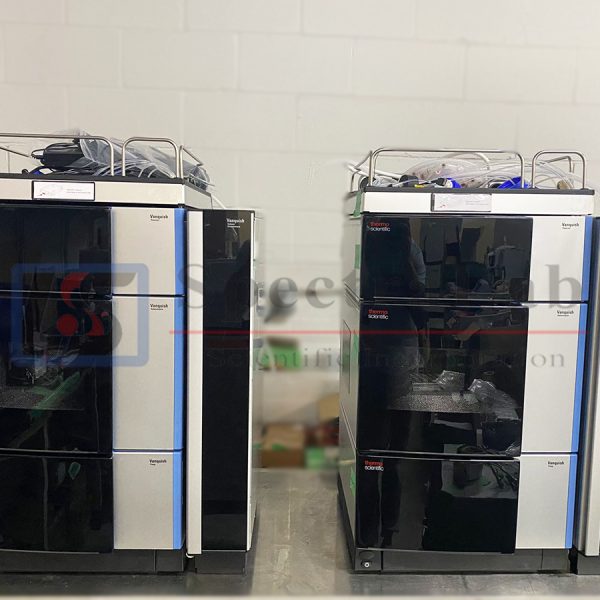The second-generation SYNAPT G2 platform from Waters provides a new dimension of performance to drive scientific discovery like never before. We’ve combined QuanTof – breakthrough quantitative Tof technology – and enhanced High Definition MS technologies to provide you with intuitive operation, application flexibility and a totally new level of performance for all your applications.
SYNAPT G2 HDMS is a high resolution exact mass MS/MS platform designed to get you to the right result, faster – no matter how challenging your application is. When you want to reach beyond the boundaries of conventional mass spectrometry, SYNAPT G2 High Definition Mass Spectrometry (HDMS) provides a new dimension to your discovery capability by combining high efficiency ion mobility based measurements and separations with high performance tandem mass spectrometry. By enabling you to differentiate samples by size, shape, and charge – as well as mass – this unique capability allows you to make discoveries that simply aren’t possible any other way.
PERFORMANCE SPECIFICATIONS
The SYNAPT G2 HDMS System can operate in two modes:
a) TOF mode
b) Mobility-TOF mode
| TOF Mass Resolution in Positive Ion
|
a) Sensitivity Mode
10,000 FWHM measured on the (M + 6H)6+ isotope cluster from bovine insulin (m/z 956)
b) Resolution Mode 20,000 FWHM measured on the (M + 6H)6+ isotope cluster from bovine insulin (m/z 956)
c) High Resolution Mode 40,000 FWHM measured on the (M + 6H)6+ isotope cluster from bovine insulin (m/z 956) |
| TOF Mass Resolution in Negative Ion | a) Sensitivity Mode
10,000 FWHM measured on the (M – 4H)4- isotope cluster from bovine insulin (m/z 1431)
b) Resolution Mode 20,000 FWHM measured on the (M – 4H)4- isotope cluster from bovine insulin (m/z 1431)
c) High Resolution Mode 40,000 FWHM measured on the (M – 4H)4- isotope cluster from bovine insulin (m/z 1431) |
| Positive Ion MS Sensitivity | a) Sensitivity Mode
The peak at m/z 556 from a solution of 50 pg/μL leucine enkephalin in 50/50 acetonitrile/water + 0.1% formic acid, infused at a flow rate of 5 μL/min, will have an intensity of greater than 1700 ions per second. The instrument will be tuned to 10,000 resolution (as demonstrated on bovine insulin) and the mass range will be set to a maximum of 1200 m/z.
b) Resolution Mode The peak at m/z 556 from a solution of 50 pg/μL leucine enkephalin in 50/50 acetonitrile/water + 0.1% formic acid, infused at a flow rate of 5 μL/min, will have an intensity of greater than 850 ions per second. The instrument will be tuned to 20,000 resolution (as demonstrated on bovine insulin) and the mass range will be set to a maximum of 1200 m/z.
c) EDC The peak at m/z 556 from a solution of 10 pg/μL leucine enkephalin in 50/50 acetonitrile/water + 0.1% formic acid, infused at a flow rate of 5 μL/min, will have an intensity of greater than 1000 ions per second. The instrument will be tuned to 20,000 resolution (as demonstrated on bovine insulin), with sensitivity set to a maximum at 556 m/z. |
| Negative Ion MS Sensitivity | a) Sensitivity Mode
The peak at m/z 503 from a solution of 500 pg/μL raffinose in 70/30 acetonitrile/water (no additives), infused at a flow rate of 5 μL/min, will have an intensity of greater than 1800 ions per second. The instrument will be tuned to 10,000 resolution (as demonstrated on bovine insulin), and the mass range will be set to a maximum of 1200 m/z.
b) Resolution Mode The peak at m/z 503 from a solution of 500 pg/μL raffinose in 70/30 acetonitrile/water (no additives), infused at a flow rate of 5 μL/min, will have an intensity of greater than 900 ions per second. The instrument will be tuned to 20,000 resolution (as demonstrated on bovine insulin), and the mass range will be set to a maximum of 1200 m/z. |
| Positive Ion MS/MS Sensitivity | a) Sensitivity Mode
Using a [Glu1] -Fibrinopeptide B solution of 100 fmol/μL, at a flow rate of 5 μL/min and with the instrument tuned for 10,000 resolution (as demonstrated on bovine insulin), the intensity of the most intense y” sequence ion from the MS/MS spectrum of the doubly charged precursor ion (785.8 m/z) will be greater than 130 ions per second. The instrument mass range will be set to a maximum of 2000 m/z.
b) Resolution Mode Using a [Glu1] -Fibrinopeptide B solution of 100 fmol/μL, at a flow rate of 5μL/min and with the instrument tuned for 20,000 resolution (as demonstrated on bovine insulin), the intensity of the most intense y” sequence ion from the MS/MS spectrum of the doubly charged precursor ion (785.8 m/z) will be greater than 65 ions per second. The instrument mass range will be set to a maximum of 2000 m/z. |
| Negative Ion MS/MS Sensitivity | a) Sensitivity Mode
Using a solution of 500 pg/μL raffinose in 70/30 acetonitrile/water, at a flow rate of 5 μL/min and with the instrument tuned for 10,000 resolution (as demonstrated on bovine insulin), the intensity of the fragment ion at 179.1 m/z in the MS/MS spectrum of the precursor ion at 503.2 m/z will be greater than 130 ions per second. The instrument mass range will be set to a maximum of 1200 m/z.
b) Resolution Mode Using a solution of 500 pg/μL raffinose in 70/30 acetonitrile/water, at a flow rate of 5 μL/min and with the instrument tuned for 20,000 resolution (as demonstrated on bovine insulin), the intensity of the fragment ion at 179.1 m/z in the MS/MS spectrum of the precursor ion at 503.2 m/z will be greater than 65 ions per second. The instrument mass range will be set to 1200 m/z. |
| Mass Scale Calibration Accuracy | The mass measurement accuracy of the instrument in High Resolution mode, using internal lock masses, is such that the RMS error between the measured and the accepted masses of peaks which have sufficient intensity, and are free from interference from other masses, will be less than 1 ppm over the range 150 to 900 m/z. |
| Mass Measurement Accuracy | The mass measurement accuracy of the instrument, in High Resolution mode, will be better than 1 ppm RMS, based on 10 consecutive repeat measurements of the [M + Na]+ ion of raffinose (m/z 527.1588), using the [M + H]+ ions of leucine enkephalin (m/z 556.2771) and 4-acetamidophenol (m/z 152.0712) as the LockSpray lockmasses. Analyte and lockmass peaks must have sufficient intensity and be free of interference from other masses. |
| Mass Range | The TOF mass range is 20 to 100,000 m/z in Resolution mode, and 20 to 32,000 m/z in High Resolution mode. The m/z transmission range for a quadrupole in non-resolving mode is 20 to 16,000 m/z for a 4000 m/z quadrupole, and 20 to 32,000 m/z for an 8000 m/z quadrupole. |
| Acquisition Rate | Spectra can be acquired at a rate of 20 scans per second, except in pDRE mode, when the maximum rate is 10 scans per second. |
| Dynamic Range | The dynamic range in High Resolution mode, defined as the range of peak intensities that will give better than 3 ppm accurate mass RMS for 10 sec of data without pDRE (programmable Dynamic Range Enhancement), is at least 4 orders of magnitude, when measured on the m/z 556.2771 peak from leucine enkephalin. |
| High Mass Precursor Selection | Applicable to instruments with 8000 m/z and 32,000 m/z quadrupoles only. The low energy MS/MS spectrum of m/z 5569.1 from a solution of 2 μg/μL sodium iodide in 50/50 isopropanol/water will contain only m/z 5569.1 and its fragments. The intensity of the largest fragment ion will be less than 5% of the intensity of the precursor ion. MS/MS data will be acquired over the mass range 100 – 8000 m/z, with collision energy of 10 eV. |

